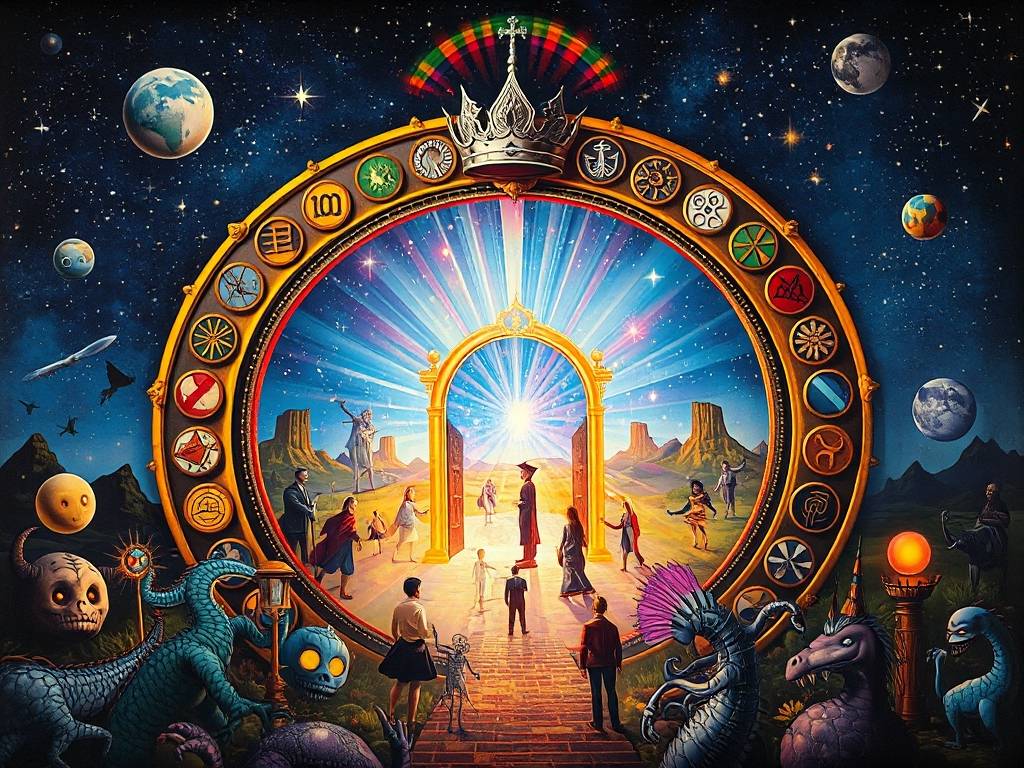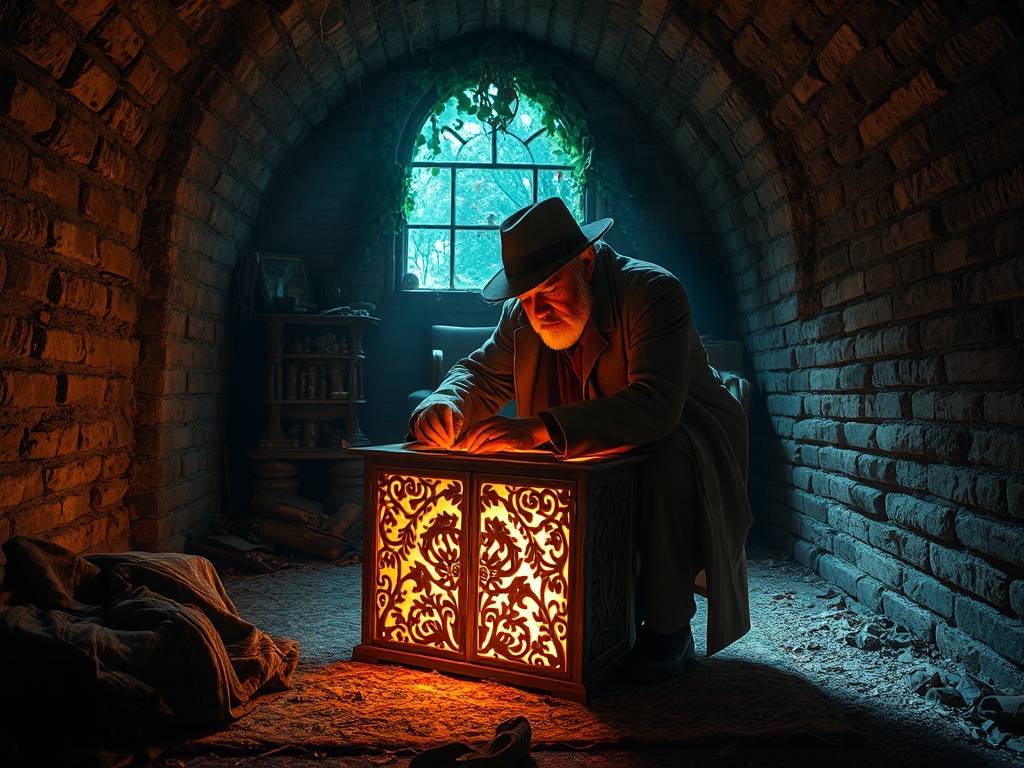1. The Whispering Stones of Scotland’s Orkney Islands
Off the northern coast of Scotland, the Orkney Islands are home to some of Europe’s oldest Neolithic monuments—including the Standing Stones of Stenness and the Ring of Brodgar. But among locals, the most intriguing tales revolve around the “Whispering Stones” of Rousay, a cluster of weathered rock pillars hidden in a remote valley. According to island folklore, these stones have a strange power: if you stand between them at midnight on a full moon and whisper a secret, the stones will “keep it safe” forever. But there’s a catch—if you tell a lie, the stones will let out a low, mournful hum that can be heard for miles around, alerting the island to your deception.
Older residents swear by the legend. One fisherman, now in his 80s, claims he whispered to the stones as a teenager that he’d stolen a loaf of bread from the village shop. The next morning, the entire valley echoed with a faint hum, and his mother confronted him before he even spoke a word. “The stones don’t lie,” she told him—a lesson he never forgot. Archaeologists, of course, dismiss the tales as mere myth, suggesting the hum might be caused by wind passing through the stone crevices. But for the people of Rousay, the Whispering Stones remain a sacred, mysterious part of their heritage, a reminder of the island’s ancient, unspoken wisdom.
2. The Vanishing Villagers of Nigeria’s Zamfara State
In the arid plains of northern Nigeria’s Zamfara State, a small village called Kwatarkwashi made headlines in 2006—not for politics or poverty, but for a bizarre disappearance. One morning, villagers from a neighboring settlement arrived at Kwatarkwashi to trade goods, only to find the village completely empty. Doors stood wide open, food was left half-eaten on tables, and a child’s doll lay abandoned in the dirt. But there were no signs of violence, no footprints leading away, and no screams reported the night before. The 120 residents of Kwatarkwashi had simply vanished.
Local elders blamed the “Jinn”—supernatural beings from Islamic mythology said to inhabit deserts and remote places. They claimed the Jinn had taken the villagers because they’d disturbed a sacred well on the edge of the village. Others speculated that bandits had kidnapped the group, but no ransom demands were ever made. The Nigerian government launched an investigation, but no trace of the villagers was ever found. To this day, Kwatarkwashi remains a ghost town. Travelers who pass through say they sometimes hear faint voices coming from the empty huts, and that the well on the edge of the village still bubbles strangely, even in the driest months. The disappearance has become one of Nigeria’s most enduring mysteries, a story told around campfires to warn children not to wander too far from home.
3. The Glowing Turtles of Costa Rica’s Tortuguero National Park
On the Caribbean coast of Costa Rica, Tortuguero National Park is famous for its sea turtle nesting sites—where thousands of green sea turtles come ashore each year to lay their eggs. But park rangers and local fishermen tell a stranger tale: that of the “glowing turtles” that occasionally appear in the park’s waters. These turtles, they say, emit a soft, blue-green light from their shells, lighting up the dark ocean like floating lanterns.
Scientists initially dismissed the reports as a trick of the light—perhaps bioluminescent plankton clinging to the turtles’ shells. But in 2018, a team of marine biologists from the University of Costa Rica captured footage of the glowing turtles. The video showed a female green sea turtle swimming near the shore, her shell glowing brightly enough to cast shadows on the sand below. Tests later revealed that the turtle’s shell was covered in a rare type of bioluminescent bacteria, which emits light when it reacts with seawater. But why only a handful of turtles have this bacteria remains a mystery. Locals, however, have their own explanation: they say the glowing turtles are “guardians” of the park, sent to protect the nesting sites from poachers. Fishermen claim that if you spot a glowing turtle, it’s a sign of good luck—and that you must never harm a sea turtle, lest you incur the wrath of the ocean.
4. The Flying Monks of Japan’s Mount Hiei
Mount Hiei, a sacred mountain just outside Kyoto, Japan, has been home to Buddhist monks for over 1,200 years. But among the mountain’s many legends, none is more famous than that of the “Flying Monks” of Enryaku-ji Temple. According to temple records, dating back to the 9th century, certain monks—after years of rigorous training and meditation—gained the ability to fly short distances, using only their spiritual power.
The most famous of these monks was Ennin, a Buddhist master who lived in the 9th century. It’s said that Ennin once flew from the top of Mount Hiei to the city of Nara (a distance of over 50 miles) to deliver a sacred scroll to the emperor. Witnesses claimed he soared through the air like a bird, his robes flapping in the wind, and arrived in Nara just hours after leaving the mountain. Skeptics argue that the stories are metaphors for “spiritual flight”—a state of enlightenment where the mind transcends physical limits. But Enryaku-ji Temple still preserves a wooden platform on Mount Hiei, called the “Flying Stage,” where monks are said to have practiced their aerial skills. Even today, some visitors to the temple report seeing faint, human-like shapes floating above the mountain at dawn—though whether these are monks, mist, or mere imagination, no one can say for sure.
5. The Singing Sand Dunes of Australia’s Simpson Desert
Australia’s Simpson Desert is one of the harshest, most remote places on Earth—a vast expanse of red sand dunes that stretch as far as the eye can see. But for the Aboriginal Anangu people, who have lived in the desert for over 60,000 years, the desert is not just a wilderness—it’s a place of stories, spirits, and strange phenomena. One of the most beloved tales is that of the “Singing Sand Dunes” of Uluru-Kata Tjuta National Park.
These dunes, which rise over 100 feet high, make a low, musical hum when the wind blows across their surface. The sound is often described as a deep, resonant “singing” or “drumming,” and can be heard from over a mile away. The Anangu believe the dunes are inhabited by the “Tjukurpa”—the ancestral spirits who created the desert. They say the singing is the Tjukurpa talking, sharing stories of the past with the living. Scientists explain the sound differently: they say it’s caused by sand grains rubbing against each other as the wind moves them. When the sand is dry and fine, the friction creates vibrations that produce the humming sound. But for the Anangu, the scientific explanation doesn’t diminish the magic of the dunes. Each year, they hold a ceremony at the Singing Dunes, where they sing along with the wind, honoring their ancestors and the sacred desert that sustains them.
These stories—from Scotland’s whispering stones to Australia’s singing dunes—are more than just curiosities. They are a testament to humanity’s endless curiosity about the unknown, and our need to make sense of a world that often defies explanation. Some may be based on fact, others on fantasy, but all of them remind us that the world is full of surprises—if we’re willing to listen, look, and believe. In an age where science can explain most natural phenomena, these tales of the unusual keep alive a sense of wonder, a reminder that there are still mysteries waiting to be discovered, and that the line between reality and myth is often thinner than we think. Whether you’re a skeptic or a believer, there’s no denying the power of these stories—to entertain, to educate, and to make us see the world in a new, more magical way.







发表评论